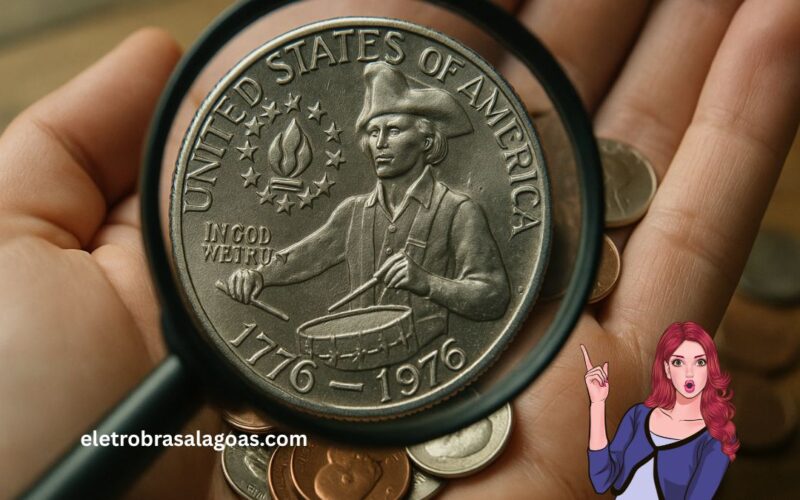The 1976 Bicentennial Quarter, struck to commemorate 200 years of U.S. independence with dual dates 1776–1976, was mass-produced – over 2.67 billion clad pieces minted between Philadelphia (P: 809,784,016) and Denver (D: 860,118,839). Despite their ubiquity, certain error or silver-clad versions have sky–rocketed in value – even reaching into the tens of millions.
Why Some Could Be Worth Millions
- Doubled die obverse: one variant with misaligned dies recently garnered valuations of up to $5 million and speculated to be worth even $20 million+.
- Silver-clad ‘S’ mint proofs graded MS 69/70 have fetched $19,200.
- Clad error coins—like the quarter struck on a dime or doubled die ‘D’ mint-mark errors—have sold for $9,200–$12,000 .
1976 Bicentennial Quarter Highlights
| Variety | Mint Mark | Metal | Condition/Grade | Notable Sale / Value |
|---|---|---|---|---|
| Silver proof “S” | S | 40% silver | MS 69 | $19,200 |
| Clad error – struck on dime | None/P | Clad | Proof MS 62 | $9,200 |
| Clad doubled die “D” error | D | Clad | High grade | $2,880+ |
| Doubled die obverse, double date | varies | Clad | Rare error | $5–$20 million+ |
| Clad regular Philadelphia MS 67+ | None | Clad | MS 67+ | $1,821 |
| Clad deep cameo proof “S” | S | Clad | PR 70 DCAM | $920 |
Key Details & Historical Context
Design & Release
- Reverse design by Jack L. Ahr, featuring a colonial drummer boy, torch, and 13 stars. Obverse bears John Flanagan’s George Washington.
- All coins struck in 1975–76, but dated 1776–1976.
- Minted: Philadelphia (no mint mark), Denver (D), San Francisco (proofs, silver & clad “S”.
Composition
- Circulation coins: copper-nickel clad (75% copper, 25% nickel).
- Collector versions from San Francisco had 40% silver alloy.
Tips for Finding Rare Ones
- Inspect mint marks closely: errors with filled “D” or doubled die “D” can yield premiums.
- Use magnification tools: loupe or coin apps help spot misaligned dates or doubled dies.
- Check proof coins: especially S mint silver proofs graded MS 69/70.
- Send exceptional coins for grading: rare errors like a double-date doubled die need professional certification for market impact.

